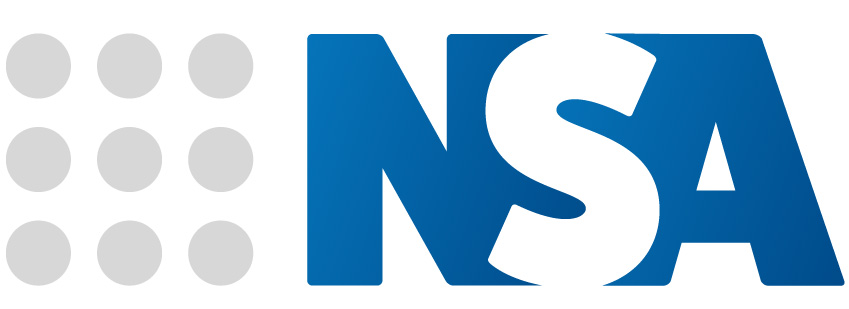Chapter 7
• All of the debtor’s nonexempt property is liquidated and the proceeds distributed to creditors.
• A Trustee is appointed to do the liquidation; the trustee works on a percentage of assets liquidated.
• After about six months, most debts are discharged.
Chapter 13
• Eligible individuals pay part or all of their debts over a three to five year period.
• Debtor keeps their assets
• Debtor repays a portion of their dischargeable debt, and all of their nondischargeable debt.
• Under about $340,000 Unsecured Debt
Chapter 12
• Eligible farmers pay part or all of their debts over a three to five year period.
Chapter 11
• The debtor proposes a reorganization plan and seeks approval of creditors.
• Debtor keeps their assets
• Debtor repays a portion of dischargeable debt.
• Expensive: Large legal fees, monthly fees and very complicated.
Plain Language Practice Tip! How to remember what the categories mean:
•Chapter 7 They take your stuff and discharge most debts.
•Chapter 13 You keep your stuff but must pay payments for 3-5 years when you get
a discharge. (Only for individuals and there are dollar limitations on debt.)
•Chapter 11 You keep your stuff and must make payments Taxes must be paid
within 5 years. Used by individuals in big debt and companies. (Very high legal fees
and other costs.)
•Chapter 12 Farmers. Enough said.
Ask what type of bankruptcy your client has entered so you know the filing requirements.

What role do you play in your client’s bankruptcy?
For more information, view the on-demand NSA ConnectED webinar, Bankruptcy Questions Answered, located here.
